India’s rupee currently stands as the worst-performing emerging market currency in 2025, a consequence of President Trump’s aggressive 50 percent tariffs—an unprecedented move that has triggered widespread capital outflows and severe export challenges for Asia’s third-largest economy
Tariffs and Export Pressures
The U.S. has raised tariffs on Indian goods to a staggering 50 percent—doubling the previous reciprocal tariff—hitting over 55 percent of India’s exports to the U.S., including textiles, gems, jewelry, seafood, leather, and more. Experts advise these punitive duties pose an existential threat to export competitiveness, especially in labor-intensive sectors and SMEs, risking collapse in market share and job losses
Capital Flight and Market Response
Fear and uncertainty have prompted a quick withdrawal of foreign capital—financial outflows from Indian equities have spiked significantly, exacerbating rupee depreciation. The rupee has tumbled to record lows near Rs 88.3–88.33 per U.S. dollar, with market participants pointing to tariff-induced evaporation of investor confidence
Macro Pressures and RBI’s Role
The widening trade deficit and shrinking current account surplus have compounded external pressures; India posted a current account deficit of $2.4 billion in Q1 FY26—fueled by a growing merchandise trade gap while services and remittances provided limited relief The resulting strain on forex stability has placed the Reserve Bank of India under pressure, prompting interventions like offsetting intraday volatility ,yet analysts indicate that stabilizing moves may only offer temporary respite
Growth Implications and Economic Resilience
Despite the turbulence, India’s GDP growth outlook remains moderately optimistic. Fitch projects about 6.5 percent growth in FY26 though analysts caution that sustained tariffs could shave 0.6–1 percentage points from growth figures. Critics argue that while the economy's strong domestic demand and services sector may support the blow, export-intensive industries and SMEs face disproportionate risks.
What’s At Stake and What Comes Next
| Key Factor | Current Impact | Implications | |
| Tariffs (50%) | Deep cuts to exports of labor-intensive goods. | Shrinking U.S. market share; shift toward competitors like Vietnam. | |
| Capital Outflows | Massive FII withdrawals, equity stress. |
|
|
| Rupee Depreciation | Near-record lows (~₹88.3). | Inflation pressure, costlier imports, weakened currency reserve. | |
| RBI Intervention | Market stabilization in the short-term. | May limit volatility but structural challenges remain. | |
| GDP Growth | Still projected around 6–7%, but at risk if tariffs persist. | Emphasis on domestic demand, but export reliance is vulnerable. |
From an expert’s viewpoint, the currency crisis facing India reflects a complex intersection of geopolitical friction and economic vulnerability. President Trump’s "aggressive 50 percent tariffs" have clearly destabilized the rupee, prompted quick investor outflow, and weighed heavily on export sectors,confirming the rupee’s ranking as the weakest in the emerging market cohort .While India’s economic fundamentals such as growth projections, domestic demand, and service-sector strength offer critical buffers, the path ahead hinges entirely on diplomatic and trade recalibration. Unless U.S.–India tensions ease, the rupee will remain under sustained pressure, deepening risks for growth and financial stability.
(Business Correspondent)
.jpg)
 Ira Singh
Ira Singh 
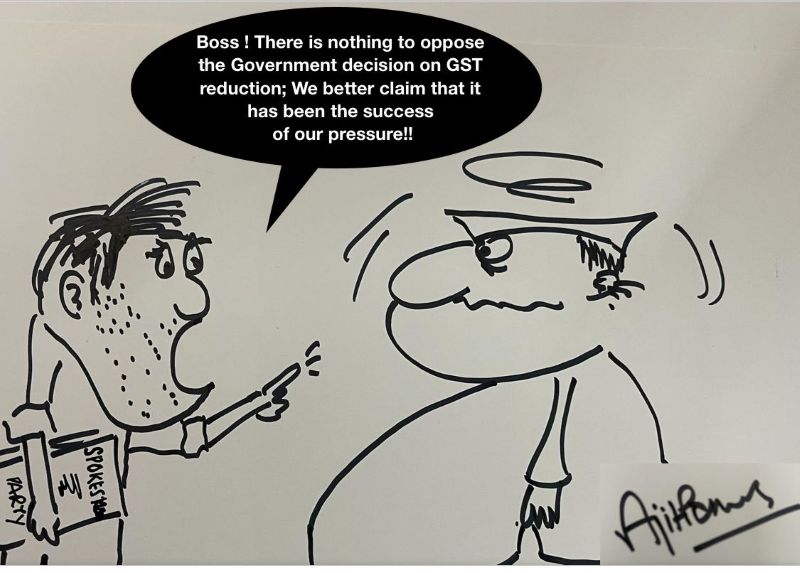
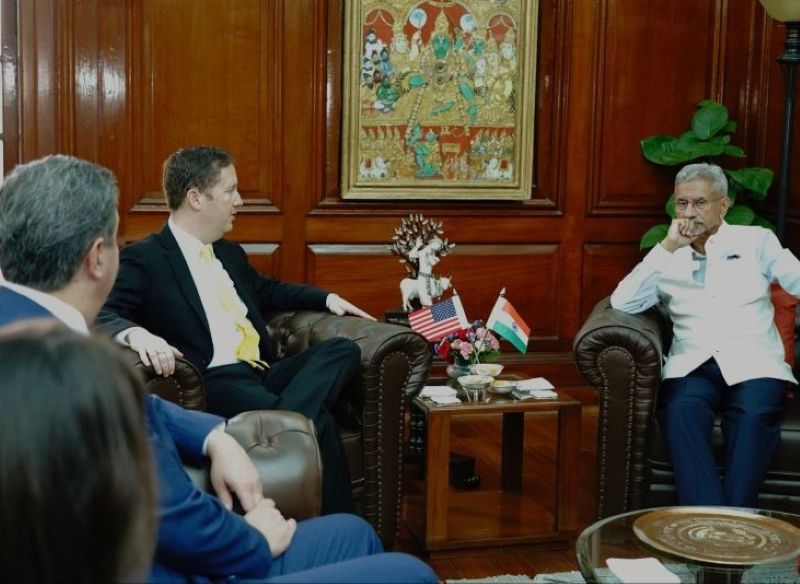

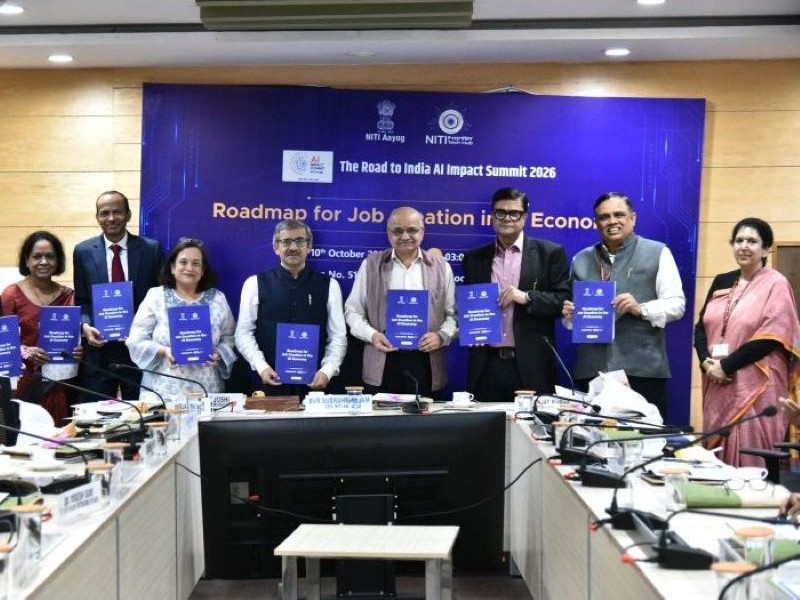

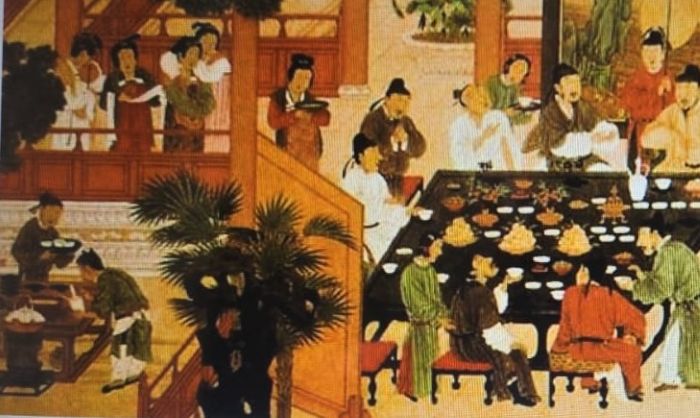



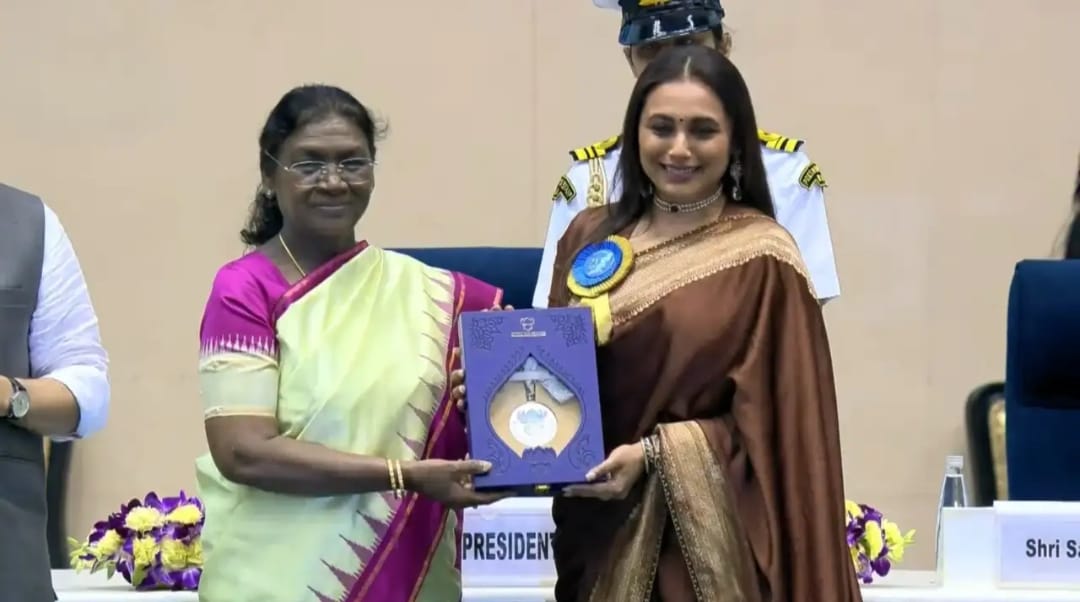

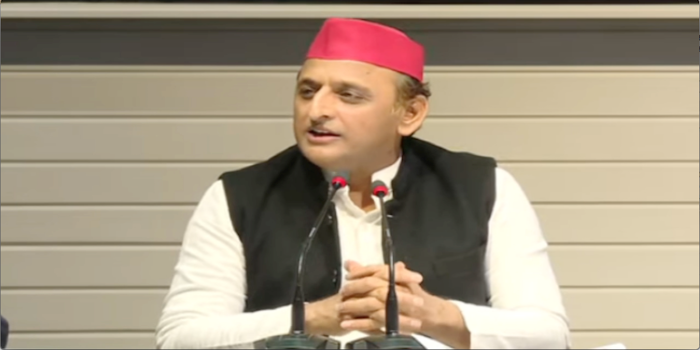

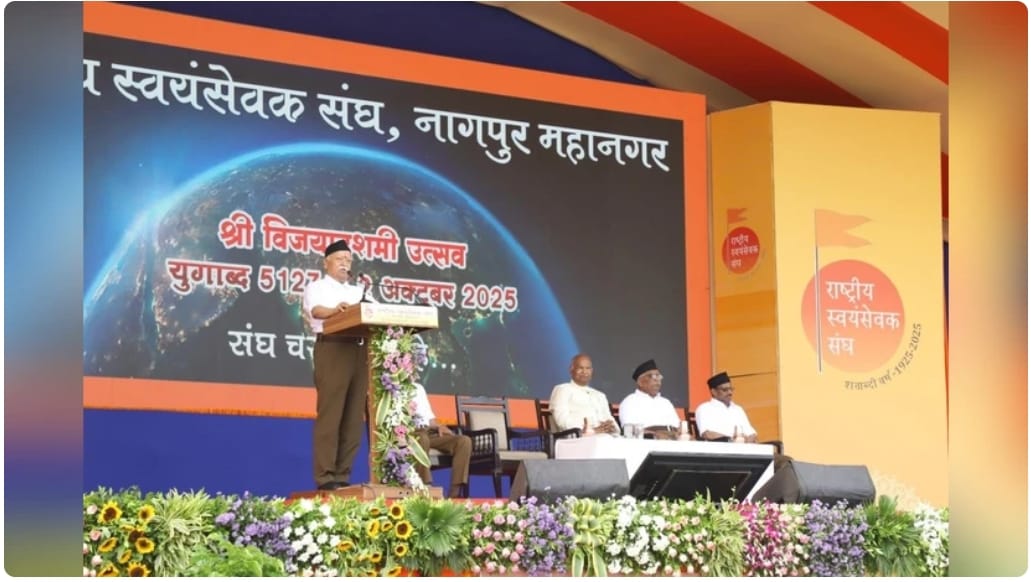



Related Items
H-1B visa revisions may reduce India’s remittances by $5 bn: Ind-Ra
Trump slaps 100 pc tariff on Chinese goods from November 1
Nobel Peace laureate dedicates award to people of Venezuela, Trump